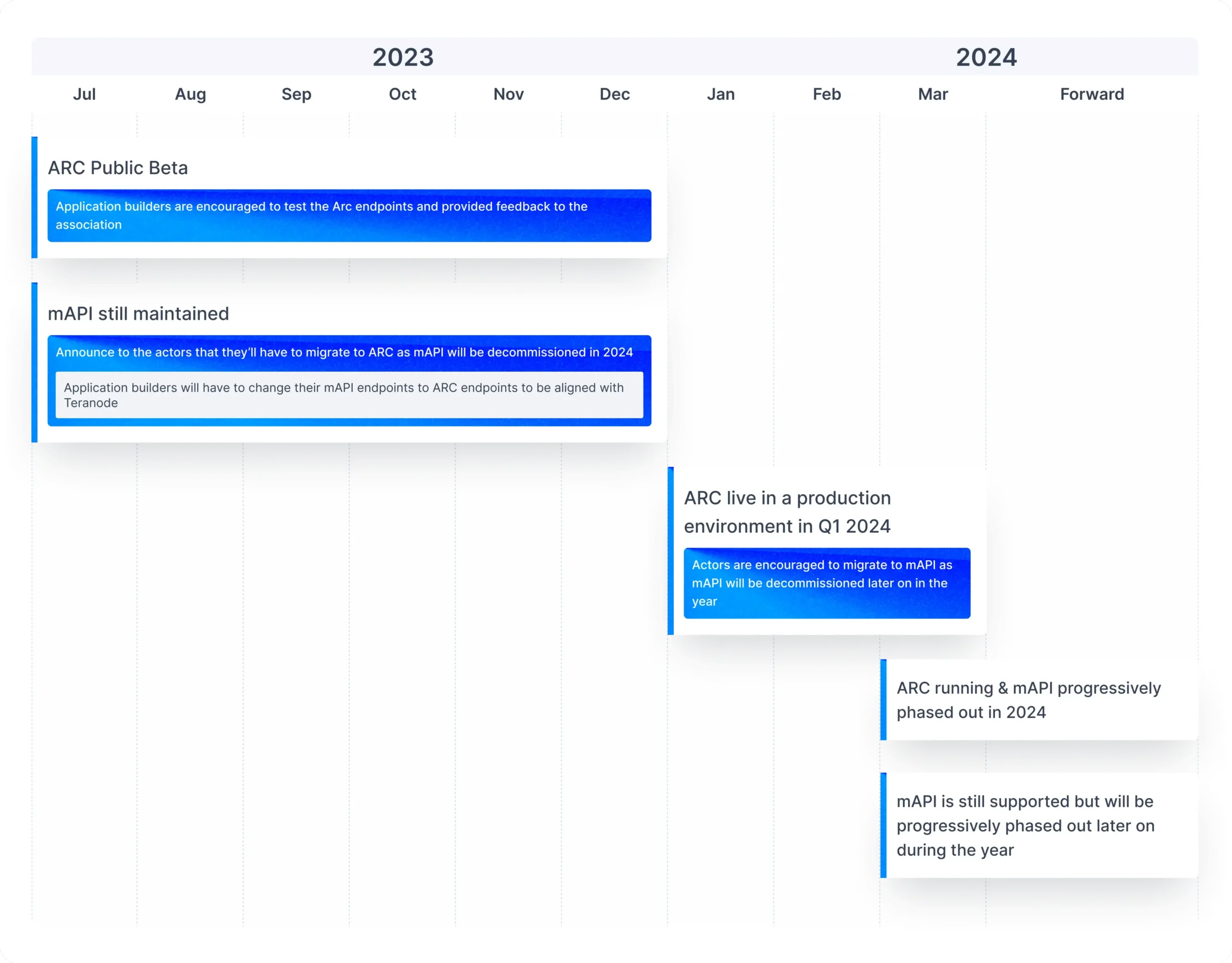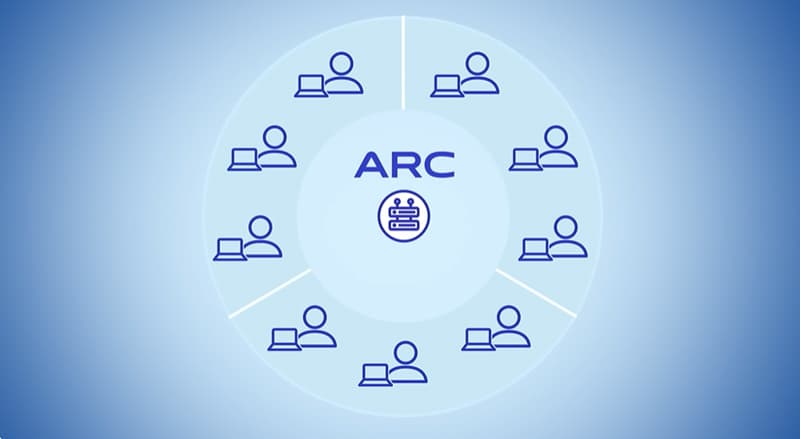ARC
ARC is a cutting-edge transaction processor that streamlines the submission of transactions to the BSV network. By providing seamless connectivity and exceptional performance, ARC paves the way for unparalleled global scalability in the BSV ecosystem.

Learn more about each component of ARC and how they work together to create a seamless transaction processing experience.
API
Metamorph
Metamorph is a microservice responsible for processing transactions sent by the API to the BSV network. It re-sends transactions if they are not acknowledged by the network within a certain time period (60 seconds by default). Metamorph is designed to be horizontally scalable, with each instance operating independently and having its own transaction store.
BlockTx
Callbacker


What is the main advantage of using ARC over mAPI?
How does ARC improve transaction lifecycle management?
What are the microservices in ARC, and how do they contribute to its functionality?
ARC consists of four microservices: API, Metamorph, BlockTx, and Callbacker. The API handles authentication, validation, and transaction submission; Metamorph processes transactions and resends them if needed; BlockTx processes blocks and propagates transaction status; Callbacker sends callbacks to clients when transactions are accepted.
How does ARC's extended format improve transaction validation?
The extended format includes satoshis and scriptPubKey for each input, which allows ARC to validate transactions without downloading parent transactions. This reduces processing time and network overhead, making the system more efficient.
What is the significance of BIP-239 in relation to ARC?
BIP-239 describes the extended format used by ARC for transactions. It serves as a comprehensive specification for this new format, which aims to become the standard for interchange between wallets and non-mining nodes on the BSV network.
How does ARC ensure scalability and robustness?
News
Developing ARC – A BSV Blockchain open-source effort
Making transactions simple with ARC
Gearing up for the launch of ARC with TAAL
Blockchain Policy Matters: U.S. Congressman Bill Foster (D-IL-11) | Episode 4
Blockchain Policy Matters: Pēteris Zilgalvis - DG CONNECT, European Commission | Episode 3
In the third episode of #Blockchain Policy Matters, Pēteris Zilgalvis, Head of Unit, Digital Innovation and Blockchain at DG Connect, European Commission, joins Jimmy Nguyen for an all-encompassing discussion on digital assets that touches…Read More
Blockchain Policy Matters: SEC Commissioner Hester Peirce | Episode 2
Blockchain Policy Matters: U.S. Congressman Patrick McHenry (R-NC 10) | Episode 1
In the first episode of Blockchain Policy Matters, U.S. Congressman Patrick McHenry (R-NC 10) joins Bitcoin Association Founding President Jimmy Nguyen for a candid discussion on the present political landscape for digital currencies, McHen…Read More
Ready to add blockchain solutions to your business or government agency?
Send us a message and let us know about your needs.
Please contact [email protected]
Join Our Community
Stay updated with the BSV Blockchain's latest news and events.
Subscribe to our weekly newsletter.


